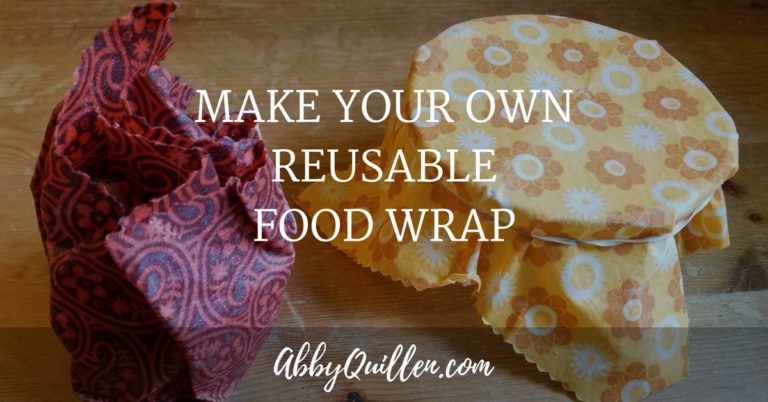Make Your Own Reusable Food Wrap
Want to downsize your plastic use, but not sure where to begin? Plastic wrap (also called cling wrap, clingfilm, or plastic film depending where you live) is a great place to start. Keep reading to learn why and how to say goodbye to plastic wrap by making a simple, eco-friendly alternative. Plastic Wrap May Contain…
